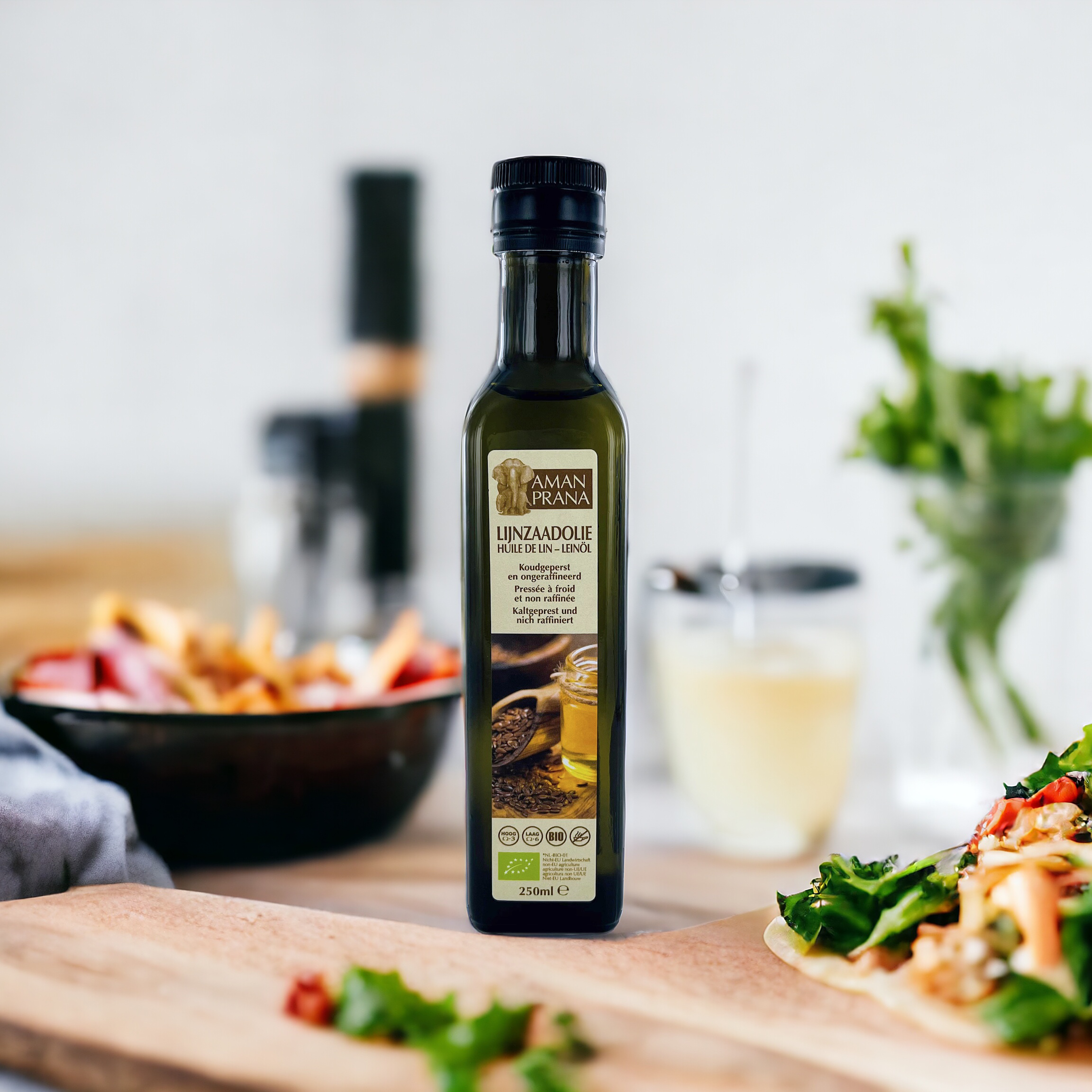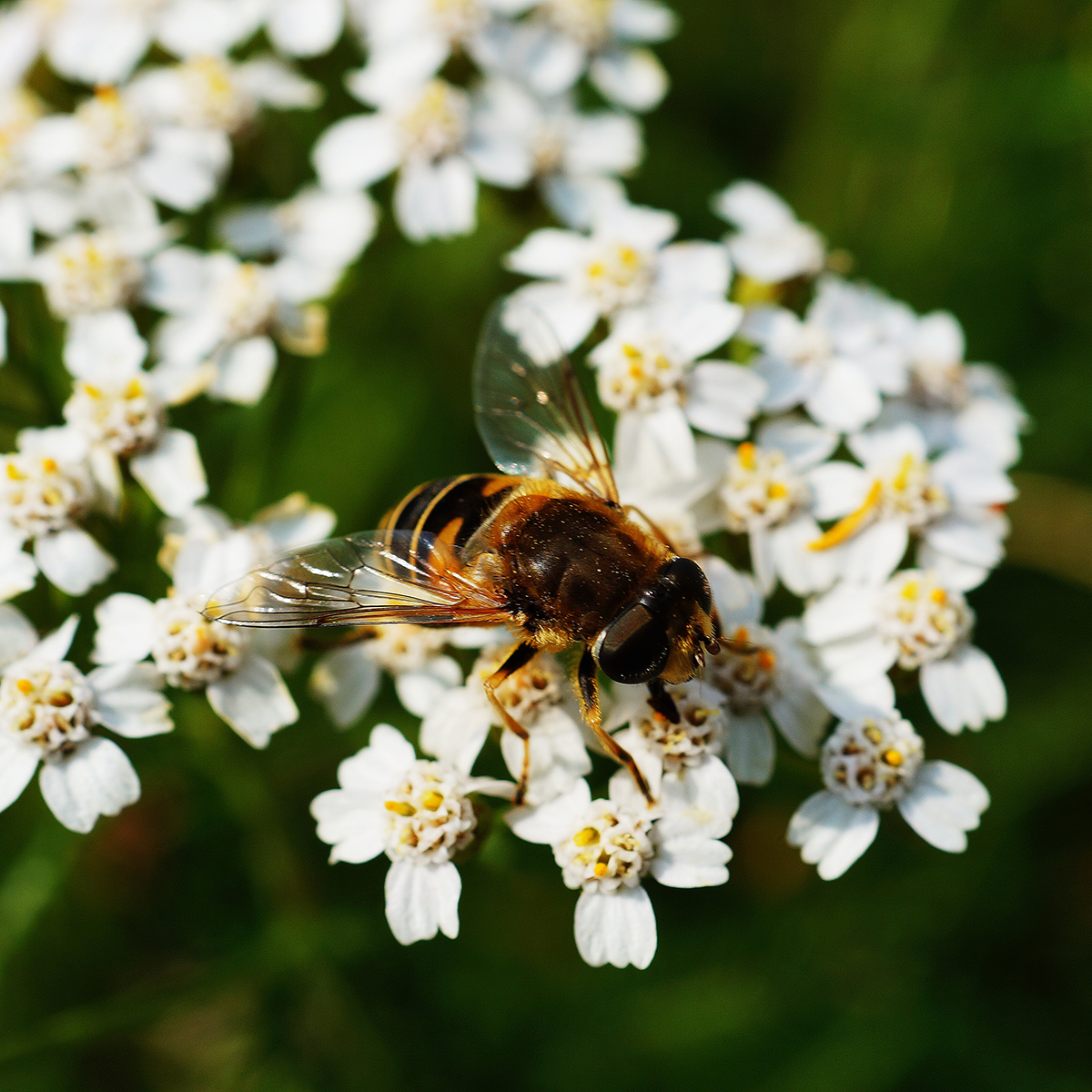
Algae and seaweed are in. They contain many vitamins and minerals, high-quality proteins and are also low in calories and fat. It is not for nothing that seaweeds are seen as the vegetable of the future. Chefs are increasingly incorporating them into their dishes and sushi rolls wrapped in nori are now a popular takeaway meal. But how do you use seaweed and algae in your own kitchen? We give you 7 tips to start eating seaweed at home.
First get used to the taste of seaweed
Seaweed can sometimes taste quite ferocious. It easily absorbs nutritional substances from the sea, such as vitamins and minerals, but also its salty taste. If you are not used to this and try to swallow a mouthful of seaweed for the first time, you will regret it.
You can still convince yourself that you eat seaweed because it is healthy, it just helps if it tastes good. And it can!
Seaweed is famous for its umami flavour
This is the miraculous fifth taste next to sour, sweet, salty and bitter. Umami is a delicious taste that makes you long for more for a bizarre reason. That reason is glutamate. That substance is also found in seaweed.
By the way, if you see dried seaweed with a white film on it, don't think it is mouldy. It is just the glutamate that comes out when the seaweed is dried.
There are many different types of seaweed and algae in a wide range of colours and flavours, each of which can add its own touch to your dish. Seaweed enhances the different flavours in a dish and provides more balance if you dose it right. Start by incorporating small amounts into your food.
1. Use seaweed instead of salt or as a seasoning
An easy way to learn to eat seaweed is to replace your salt with dried seaweed flakes or an algae seasoning mix. You can also crush these in a mortar. Just add them to your dishes as if they were salt. This way you will enjoy a salty taste with less sodium and more nutrients.
Amanprana's 4-Algae herb mix is a mixture of nori, dulse, sea lettuce and kombu and is very tasty when mixed with some olive oil to make a dip or vinaigrette.
2. Use seaweed to make stock and soup
 Whether you make your own broth or soup or use a ready-made one, add a piece of kombu during the simmering time for extra nutrients and a savoury taste. Leave the kombu to swell in the hot water for 10 minutes, but make sure it doesn't boil with you as the flavour will be too intense!
Whether you make your own broth or soup or use a ready-made one, add a piece of kombu during the simmering time for extra nutrients and a savoury taste. Leave the kombu to swell in the hot water for 10 minutes, but make sure it doesn't boil with you as the flavour will be too intense!
Afterwards, throw away the kombu. In Asian countries, kombu strips are eaten because they contain a lot of fibre. If you are just starting with seaweed, this is not recommended.
3. Mix seaweed powders like spirulina or agar agar in smoothies and cakes
Hiding seaweed in your food is easier than you think. Spirulina comes in powder or tablets. You can just throw it in the blender and mix it, even the tablets! Start with 1/4 to 1 teaspoon of powder and build up. You hardly taste it and the bright green colour you get is sometimes an advantage. For example, stir spirulina powder into mashed potatoes for a green monster-like effect. Great for Halloween!
You may already be familiar with agar agar as a vegetarian/vegan binding agent for sauces and cakes. Did you know that it is actually ground red seaweed?

4. Use seaweed flakes as a topping
Dried seaweed such as wakame, nori and sea lettuce can be easily chopped or pulverised into flakes. Sprinkle a little on wok dishes and salads, but also on omelettes, mashed potatoes, pasta or toast with avocado. Dose to taste.
5. Use seaweed spread as a dip or seasoning
 Do you like pesto? Then replace it with an 'alganesa' or ready-made seaweed spread with olive oil. It's great on toast, but also with pasta, raw vegetables or with seafood.
Do you like pesto? Then replace it with an 'alganesa' or ready-made seaweed spread with olive oil. It's great on toast, but also with pasta, raw vegetables or with seafood.
6. Use seaweed leaves as a wrap
Nori are sheets of seaweed that are usually used to make sushi rolls, but you can actually roll all kinds of delicious things between them. A tasty nori wrap filling is canned tuna with cucumber, avocado, egg and a spicy ketchup.
You can also use sea lettuce for this. Rehydrate the dried sea lettuce in lukewarm water for 5 minutes. Carefully unfold the leaves and roll some fried fish in them, or put a leaf of 'sea lettuce' between your hamburger bun.
7. Nibble on nori in between meals

Nori is easy to take with you, very nutritious and surprisingly filling. This makes it an interesting snack to quickly put in your lunch box or that of your children. Nori can be eaten like this. If you like it extra crispy, you can also make healthy chips of it.
- Preheat the oven to 180°C. Cover a baking tray with baking paper.
- Take 3 or 4 nori sheets. Rub one side of the nori sheets with olive oil and some fleur de sel or khoisan salt and fold in half, with the greased side facing inwards.
- Moisten the outside of the sheets with water until they are soaked.
- Cut the sheets into triangles or squares. Place them on the baking tray and put in the oven for 2 to 3 minutes, let them cool down and enjoy!













The information below is required for social login
Sign In
Create New Account